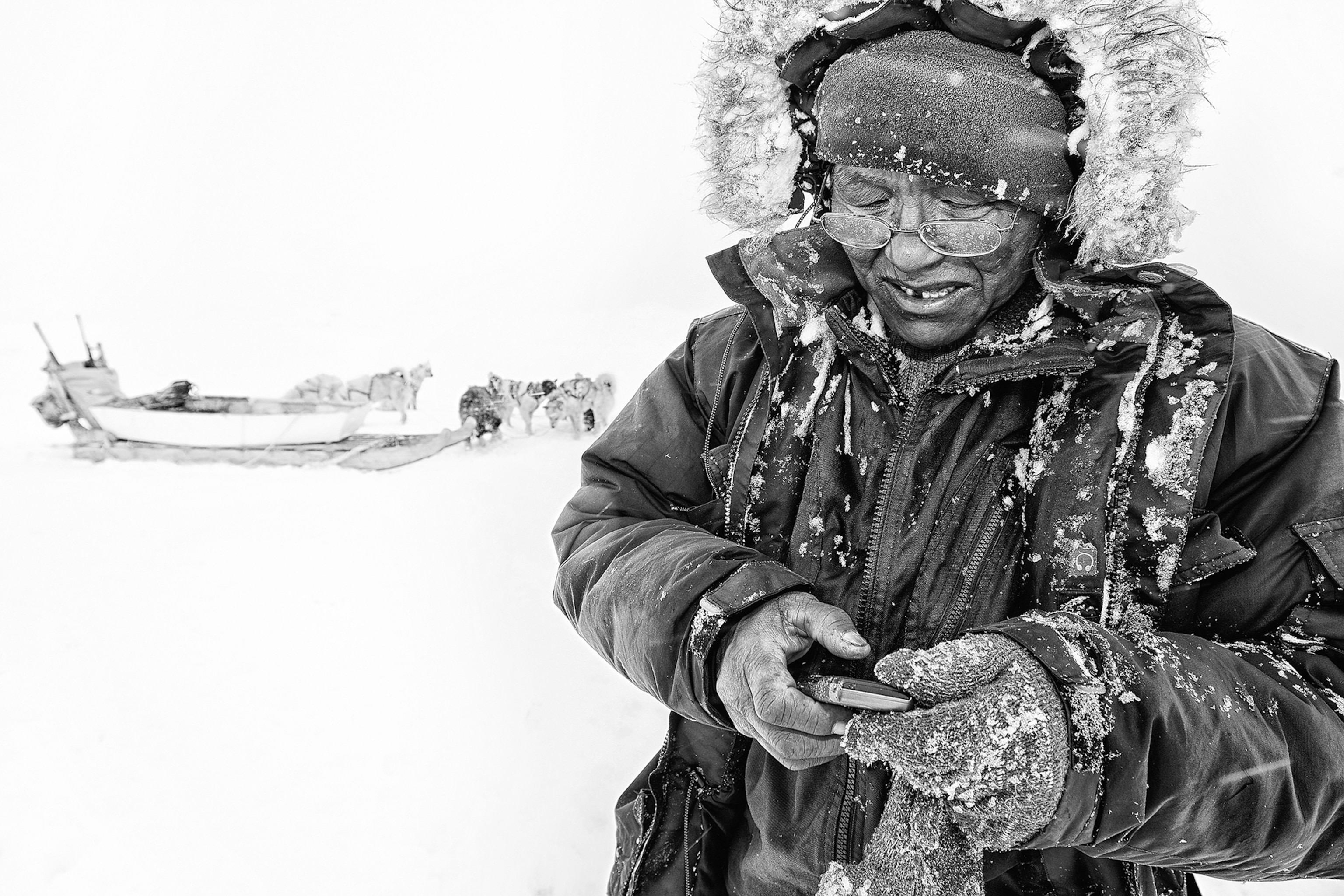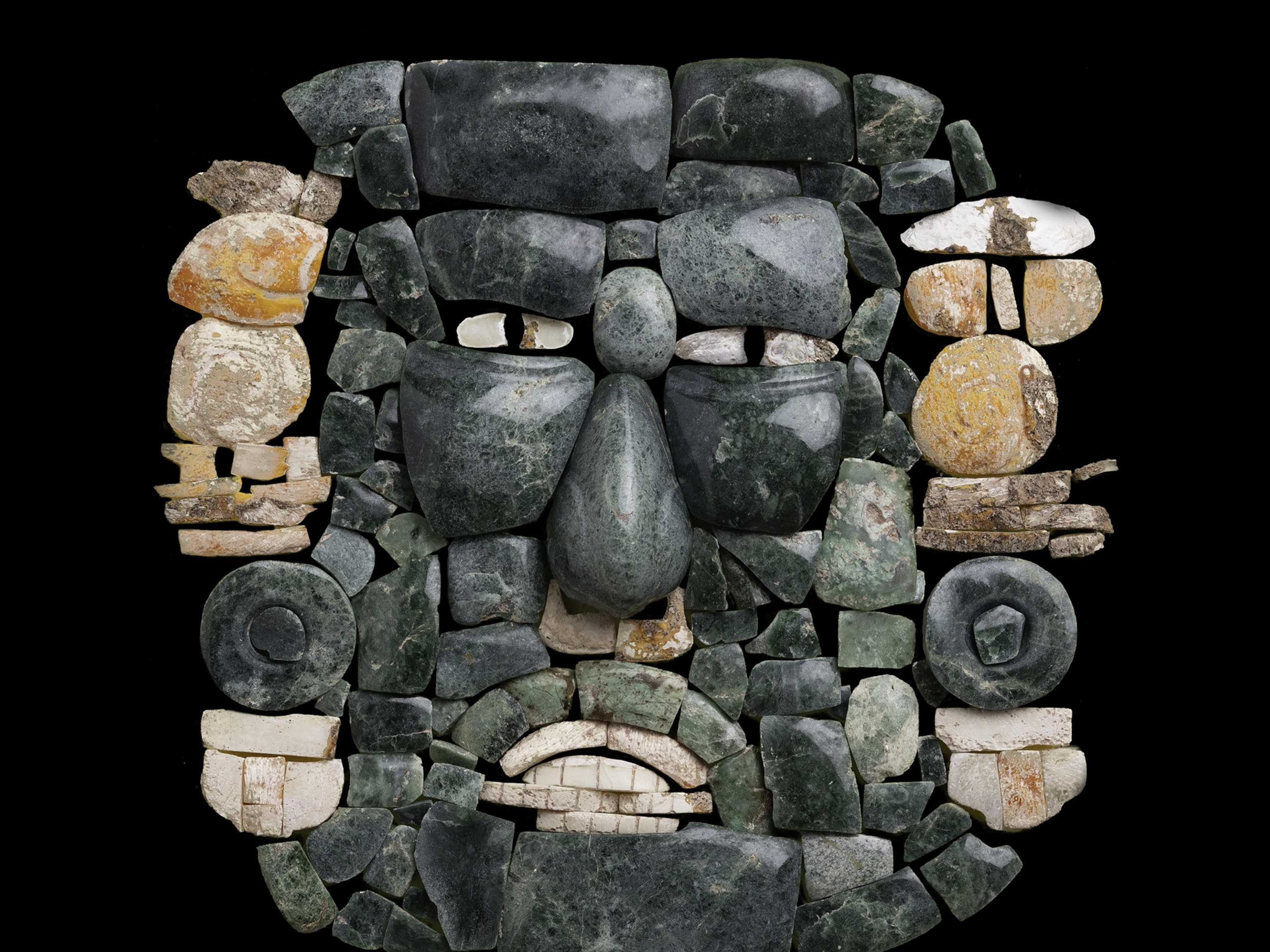
Ancient DNA Sheds New Light on Arctic's Earliest People
First arrivals kept to themselves for thousands of years.
The earliest people in the North American Arctic remained isolated from others in the region for millennia before vanishing around 700 years ago, a new genetic analysis shows. The study, published online Thursday, also reveals that today's Inuit and Native Americans of the Arctic are genetically distinct from the region's first settlers.
Inuit hunters in the Canadian Arctic have long told stories about a mysterious ancient people known as the Tunit, who once inhabited the far north. Tunit men, they recalled, possessed powerful magic and were strong enough to crush the neck of a walrus and singlehandedly haul the massive carcass home over the ice. Yet the stories described the Tunit as a reticent people who kept to themselves, avoiding contact with their neighbors.
Many researchers dismissed the tales as pure fiction, but a major new genetic study suggests that parts of these stories were based on actual events.
In a paper to be published Friday in Science, evolutionary geneticist Eske Willerslev and molecular biologist Maanasa Raghavan, both of the University of Copenhagen, Denmark, and their colleagues reveal for the first time that the earliest inhabitants of the Canadian Arctic—a group that archaeologists call the Paleo-Eskimos—lived in isolation from their neighbors for nearly 4,000 years, refraining from any mixture with Native Americans to the south or with the ancestors of the modern Inuit.
"Elsewhere, as soon as people meet each other, they have sex," says Willerslev. "Even potentially different species like Neanderthals [and modern humans] had sex, so this finding is extremely surprising."
The new study also proposes a previously unknown migration. Research by other scientists has shown that the first Americans entered the New World at least 15,500 years ago, and that two smaller migrations of hunter-gatherers from Asia followed. The new study indicates that the Paleo-Eskimos entered the Arctic some 5,000 years ago, in a separate migration.
Only One Woman?
Moreover, the team's analysis of the diversity in maternally inherited DNA in their samples suggests that these Paleo-Eskimo migrants included extremely few women. Indeed, it's possible there was just one adventurous female among the founding population. "I can't remember any other group having such low diversity," says Willerslev.
Geneticist and anthropologist Jennifer Raff, at the University of Texas, Austin, who was not a member of the team, thinks the new analysis is a major step forward in Arctic studies.
"This research has answered several important questions about North American Arctic prehistory," she says. The study now shows, for example, that the Paleo-Eskimos arrived separately from the ancestors of the Inuit, and remained genetically distinct.
Burial Practices Create Challenges
Finding enough ancient DNA for the project was not easy, however. Although the team obtained bone, teeth, or hair samples from 169 ancient human remains from Arctic Siberia, Alaska, Canada, and Greenland, few samples yielded well-preserved DNA.
The explanation, the researchers discovered, lay in ancient Arctic burial practices. Many groups buried their dead on the surface, rather than attempting to dig a grave in rock-hard Arctic permafrost. So the bodies underwent repeated freezing and thawing, a process that damaged or destroyed the ancient DNA.
The poor preservation meant that the team could obtain whole genome data from only 26 of the ancient samples. Moreover, the highest coverage was just 30 percent of the genome, and most samples yielded 10 percent or less.
But the study's authors, says Raff, made the best of the situation by taking account of the DNA damage and the missing data in their analyses, and by "extracting the most information possible out of difficult samples."
A Puzzling People
The new findings are bound to stir fresh interest in the Paleo-Eskimos, a group that has long puzzled archaeologists. To the bewilderment of many researchers, the Paleo-Eskimos discarded the technologically advanced bows and arrows they brought from Asia, preferring instead to hunt with larger and heavier lances that required closer contact with dangerous game.
And over time, the Paleo-Eskimos developed an almost cult-like way of life, known as the Dorset culture. The Dorset developed an intense tradition of shamanistic art, seen in the human and animal figurines they carved from antler and walrus ivory.
"They were a very strange and conservative people," says anthropologist William Fitzhugh of the Smithsonian Institution. But their strong spiritual beliefs may help explain their insularity, he adds. The Dorset could have abstained from intermarriage with others to ensure the purity and stability of their ritual life.
The ancestors of the modern Inuit, who arrived in the Canadian Arctic a thousand years ago, with dog sleds, large skin boats, and sophisticated archery equipment, seem to have been equally puzzled by the Dorset. But when the last of the Dorset vanished from the Arctic some 300 years later—possibly as a result of deadly diseases brought to the New World by Viking traders—Inuit storytellers preserved their memory in tales of the Tunit.





